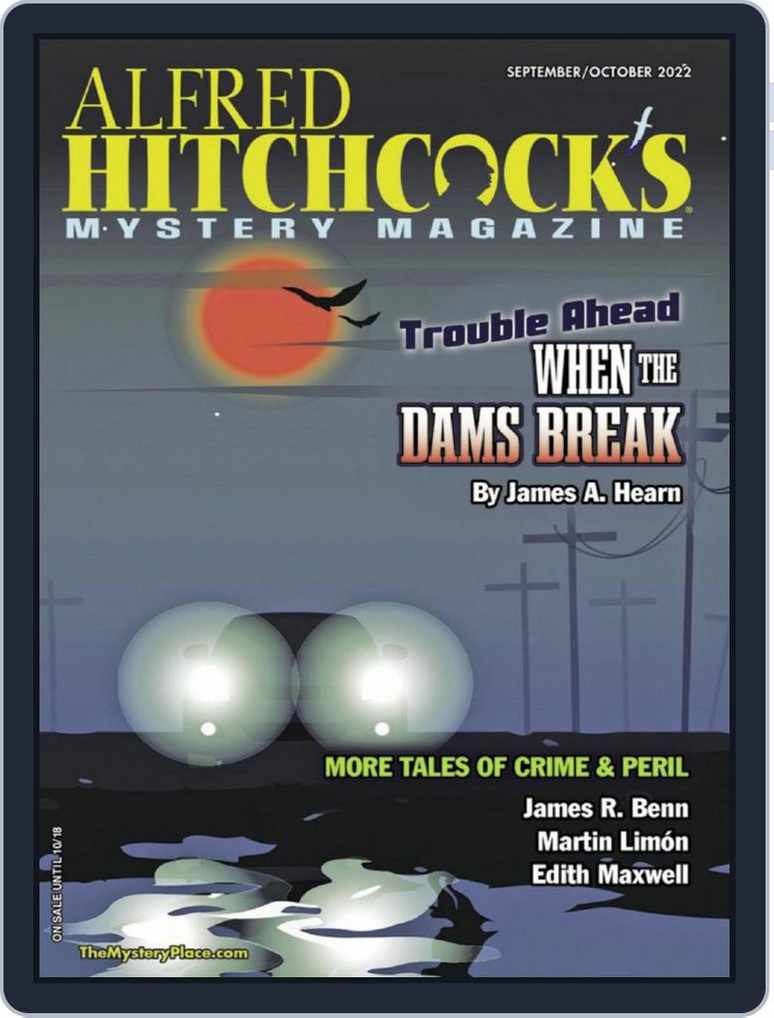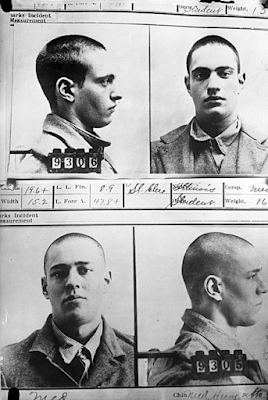 |
| Great collaborators: Miles Davis & Gil Evans |
So I just started a new project. For the first time in decades, I am writing nonfiction for publication.
And that’s not all. For the first time in forever, I won’t be writing it alone.
Of course, no writer writes anything alone. There’s the editor, there are the beta readers, there’s a copy editor, and so on and so forth.
But this one is different. On this one I have a co-writer.
To be honest, I have often wanted to collaborate with another writer when working on my fiction. And I have had promising starts, initial conversations, explorations, and discussions, but nothing has ever really come of it.
That is what makes this different. And I have great hopes for it, not least, because this is the kind of writing project that lends itself to collaboration.
Without saying too much about it, it’s a textbook. Those of you who follow my turns on this blog will remember that over the years I have worn an academic hat in addition to my fiction writing one. And teaching these days, is ever more and more considered a collaborative profession.
And that’s part and parcel of why I have such great hopes for this collaboration: because my co-writer on this book is someone with whom I have spent the past several years collaborating on a shared curriculum. In short, we taught the same subject, same area in the same school.
And we collaborated like crazy.
Over the course of this working relationship, I have come to realize that for me, at least, collaboration is an art, and not a science. I have worked with other teachers, I have planned with other teachers, I have shared curriculum with other teachers.
And while they were all successful, in one way or another, they were not organic, they were not easy, and they didn’t make me feel great. It was more just doing a job.
 |
| Am I saying we're on their level as collaborators? I'm not NOT saying it. After all we're even better dressers... |
Not the case with this copilot. We both love our subject area. We are both passionate about it. We share that. And even better, our skills complement each other.
The best part? We naturally divide the tasks required of us when we collaborate it’s really a natural fit. There are things she loves to do that. I don’t mind doing but prefer her results. There are things she loves to do that I have no interest in doing, and definitely prefer her results, and there are things I love to do that she doesn’t mind doing, but prefers my results and … well. You get it.
And that way our collaboration resembles the one I have with my editor. And that we both have our roles to play, but we are definitely cowriters on this. Neither one of us is going to be doing the editing, developmental or copy. For that we have an editorial team we’re working with.
So it’s both like writing a novel, in that the novel is a process, and it’s also not. Because we’re cowriting. I’m not writing, having my editor look at it, rewriting, re-organizing, etc., etc. It just doesn’t work like that.
We’ve even been successful (so far) at divvying up the preliminary work. Again because it’s a work in progress I don’t wanna say too much about it beyond that. But it sure is nice to get to collaborate on a writing project with the cowriter.
So here I am, 25 years into the writing game, and I’m having a new experience. New year, new challenges, right?
How about you? Have you had experience collaborating on your writing? Good ones? Bad ones? Let me know in the comments.
 |
| Will our collaborative result rival those of Davis/Evans? Why the Hell not?!? Embrace the possibility! |
See you in two weeks!






































